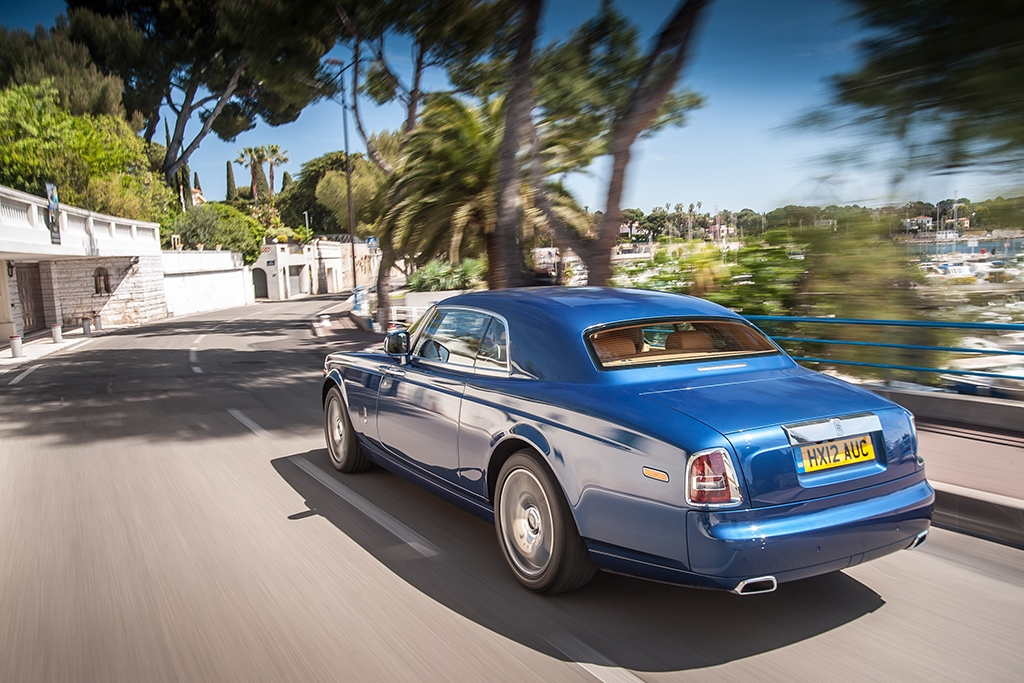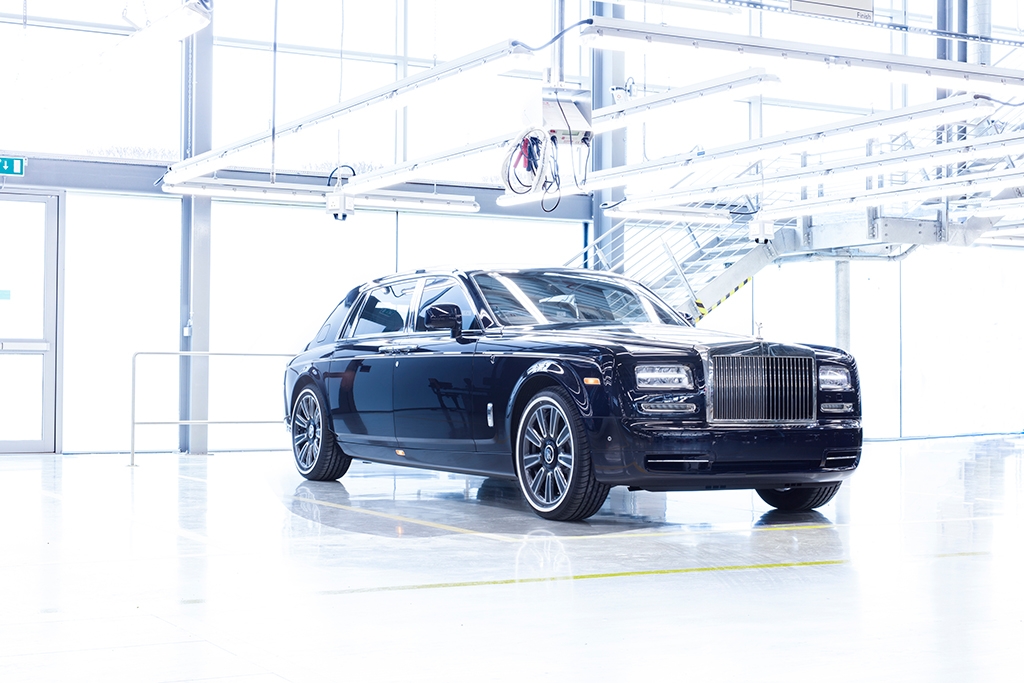Rolls-Royce looks back on the Phantom VII
27 Mar 2025|108 views
The design for the Phantom VII was initially developed in a secret studio, discreetly located in a former bank building on the north side of London's Hyde Park. Now-former Chief Exterior Designer, Marek Djordjevic, was given a clean sheet of paper and three stipulations: The car - codenamed RR01 - should have very large wheels, the famous radiator grille, and the Spirit of Ecstasy mascot.
The Phantom VII was designed around the comfort of its occupants, with an approach known as the Authority Concept. Its primary controls were positioned to be operable by touch alone, allowing the driver to focus on the road, with secondary controls either concealed in compartments or operated by the Controller, a solid metal cylindrical dial taking care of functions such as navigation and the car's setting configuration.
But, of all the engineering innovations introduced by the Phantom VII, its construction method remained paramount. It was built on an aluminium spaceframe, a skeletal framework to which the suspension, engine, and body panels were attached. This provided the foundations for the Architecture of Luxury, which underpins every model built at the Home of Rolls-Royce today.
At the 2004 Geneva Motor Show, the marque unveiled an experimental car, the 100EX, which was a two-door drophead coupe with a V16 engine. Having been well-received, a production version with a V12 engine was approved and christened the Phantom Drophead Coupe, now one of the rarest and most desirable motor cars of the Goodwood era.
The following year, in 2005, the Phantom VII Extended Wheelbase was launched, with a chassis lengthened by 250mm for additional rear cabin space. Another experimental Phantom - the 101EX - appeared at Geneva in 2006, of which the Phantom Coupe was born from and also became a series production car, albeit in extremely limited numbers.
The Phantom VII has long been revered as the ultimate canvas for Bespoke and remained in production until 2017. As the first motor car to be handmade at Goodwood, it set the foundation on which the marque's subsequent growth and success was built on.
The design for the Phantom VII was initially developed in a secret studio, discreetly located in a former bank building on the north side of London's Hyde Park. Now-former Chief Exterior Designer, Marek Djordjevic, was given a clean sheet of paper and three stipulations: The car - codenamed RR01 - should have very large wheels, the famous radiator grille, and the Spirit of Ecstasy mascot.
The Phantom VII was designed around the comfort of its occupants, with an approach known as the Authority Concept. Its primary controls were positioned to be operable by touch alone, allowing the driver to focus on the road, with secondary controls either concealed in compartments or operated by the Controller, a solid metal cylindrical dial taking care of functions such as navigation and the car's setting configuration.
But, of all the engineering innovations introduced by the Phantom VII, its construction method remained paramount. It was built on an aluminium spaceframe, a skeletal framework to which the suspension, engine, and body panels were attached. This provided the foundations for the Architecture of Luxury, which underpins every model built at the Home of Rolls-Royce today.
At the 2004 Geneva Motor Show, the marque unveiled an experimental car, the 100EX, which was a two-door drophead coupe with a V16 engine. Having been well-received, a production version with a V12 engine was approved and christened the Phantom Drophead Coupe, now one of the rarest and most desirable motor cars of the Goodwood era.
The following year, in 2005, the Phantom VII Extended Wheelbase was launched, with a chassis lengthened by 250mm for additional rear cabin space. Another experimental Phantom - the 101EX - appeared at Geneva in 2006, of which the Phantom Coupe was born from and also became a series production car, albeit in extremely limited numbers.
The Phantom VII has long been revered as the ultimate canvas for Bespoke and remained in production until 2017. As the first motor car to be handmade at Goodwood, it set the foundation on which the marque's subsequent growth and success was built on.
Latest COE Prices
August 2025 | 1st BIDDING
NEXT TENDER: 20 Aug 2025
CAT A$102,009
CAT B$123,498
CAT C$70,001
CAT E$122,334
View Full Results Thank You For Your Subscription.


























